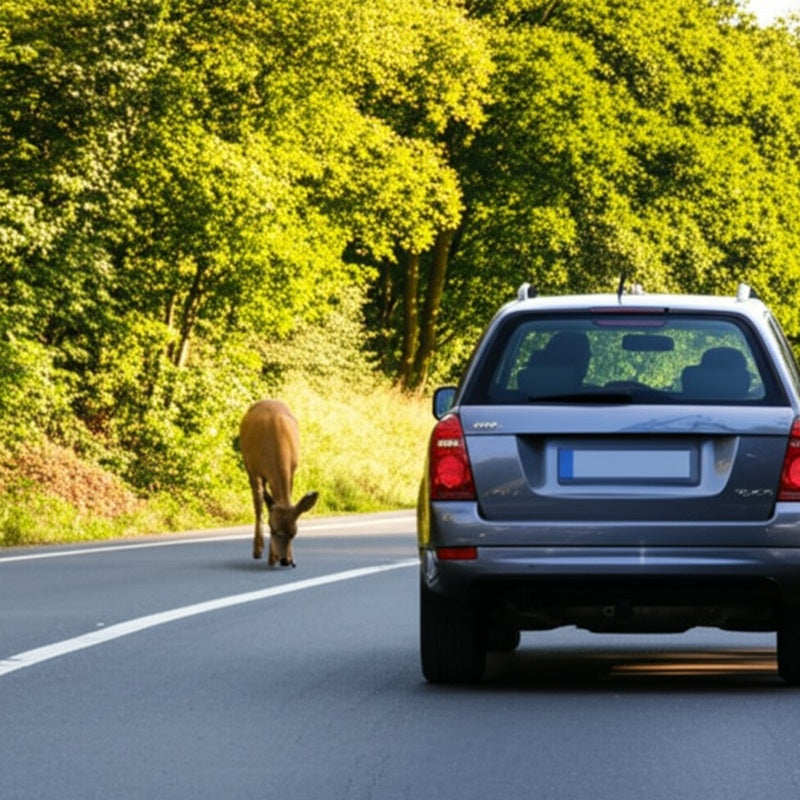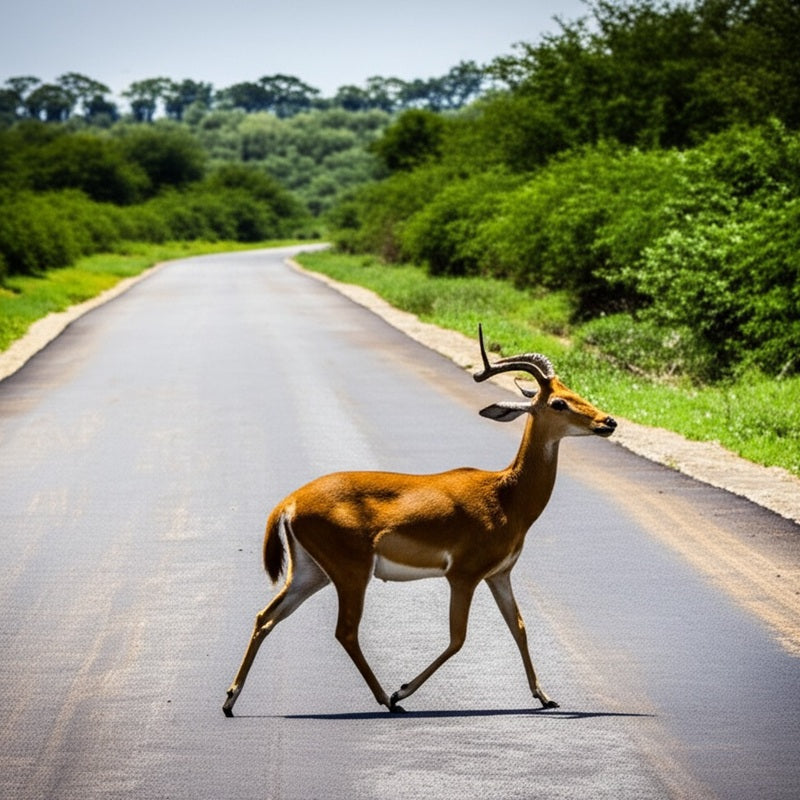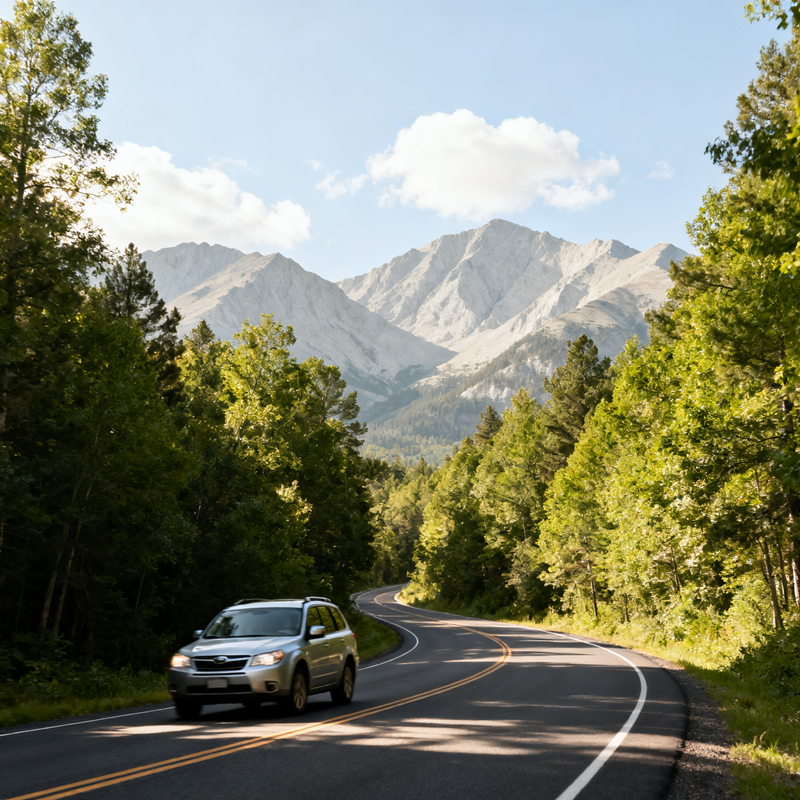This is a crucial question for millions of drivers, especially in areas rich with wildlife. Learning how to prevent deer accidents is not just about avoiding vehicle damage. It is about ensuring the safety of everyone on the road. This comprehensive guide will provide you with practical, effective strategies. We will cover everything from understanding deer behavior to advanced technological aids. Our goal is to significantly reduce your risk of a collision.
The Importance of Preventing Deer Collisions
Deer collisions are a major problem across many regions. These incidents cause significant vehicle damage, serious injuries, and even fatalities each year. Knowing how to prevent deer accidents is an essential part of defensive driving. It requires awareness, preparation, and the right knowledge. This article will serve as your ultimate resource. We will delve deep into the subject, providing actionable tips and insights.

Know Your Enemy: Understanding Deer Behavior
Why Deer Cross Roads
Understanding why deer cross roads is your first step. Deer are most active during dawn and dusk. These low-light periods align with commuter traffic, increasing risk. They move for feeding, water, and mating purposes. The fall mating season, or rut, is particularly dangerous. Bucks are reckless and does are more mobile. Recognizing these patterns helps you predict potential danger zones.
Seasonal Changes in Deer Activity
Seasons dramatically influence deer movement. Spring and fall see peaks in activity. Spring brings new food sources and fawns. Fall has the intense rutting season. Winter pushes deer to search harder for scarce food. Always be extra cautious during these seasonal shifts. Adjust your driving habits accordingly to prevent deer accidents throughout the year.
Best Driving Practices to Prevent Deer Accidents
Slow Down and Stay Alert
Your driving habits are your primary defense. The single best way to prevent deer accidents is to slow down. High speed drastically reduces your reaction time. It also increases the severity of a collision if one occurs. Observe posted deer crossing signs carefully. They are placed in known high-traffic areas for deer. Treat these signs as serious warnings, not just suggestions.
Staying alert is non-negotiable. Avoid all distractions while driving. Put your phone away. Limit other activities that take your eyes off the road. Scan the sides of the road ahead, not just the pavement. Look for the reflective glow of deer eyes in your headlights. Also, watch for sudden movements near the tree line or fields. Early detection is key to avoiding a crash.
Use Your High Beams and Watch for Groups
Using your high beams is a powerful tactic when safe to do so. They illuminate a wider area and the roadside better. This gives you a precious extra second to spot a deer. Always flick your high beams on when there is no oncoming traffic. Remember to dim them for other drivers. This simple practice can greatly enhance your ability to prevent deer accidents at night.
Deer rarely travel alone. If you see one deer, assume there are more nearby. They often move in single-file lines. A second or third deer might be right behind the one you spotted. Slow down immediately and prepare to stop. Do not assume the danger has passed after one deer crosses. Wait and watch for others that may follow.
The Life-Saving Importance of Seat Belts
Seat belts save lives. This is always true, but especially in animal collisions. A sudden stop or impact can be brutal. Ensure everyone in the vehicle is buckled up properly. This is a fundamental safety step that protects you regardless of the hazard. It is the easiest thing you can do to mitigate injury.
What to Do If a Collision Seems Unavoidable
Brake, Don't Swerve
What should you do if a collision seems unavoidable? It is a terrifying moment, but knowing how to react is critical. First, brake firmly and stay in your lane. Do not swerve violently. Swerving can cause you to lose control, hit another vehicle, or crash into a tree or pole. These outcomes are often more severe than hitting the deer. Try to come to a controlled stop.
The Limited Use of Your Horn
Honking your horn can sometimes help. A long blast might startle a deer and make it move. However, do not rely on this. Their reactions are unpredictable. Some may freeze in headlights, while others might bolt. Your main focus should be on controlled braking and maintaining your path.

After a Deer Collision: Steps to Take
Ensure Safety and Call for Help
After a collision, safety is the priority. Move your vehicle to a safe place off the road if possible. Turn on your hazard lights. Check yourself and passengers for injuries. Call emergency services immediately to report the accident. Do not approach the injured animal. It is frightened and could cause harm. Wait for help to arrive.
Dealing with Insurance and Documentation
Contact your insurance company as soon as possible. Comprehensive coverage typically handles deer collision damage. Document the scene with photos for your claim. This will make the process smoother. Knowing these steps beforehand reduces stress during a difficult time.
Vehicle Preparation and Technology
Maintain Your Brakes, Tires, and Lights
Your vehicle itself can be equipped to help. Well-maintained brakes and tires are vital. They ensure you can stop as quickly as possible. Good headlights are also crucial. Keep them clean and properly aligned. They are your eyes into the darkness. Consider upgrading to brighter, whiter bulbs for better visibility.
Aftermarket Devices: Whistles and Reflectors
There are also aftermarket devices designed to prevent deer accidents. Deer whistles are a common, though debated, option. These are mounted on the front of the vehicle. They are supposed to emit a sound that warns deer away. Their effectiveness is not scientifically proven, but some drivers swear by them.
Reflectors are another option. They are placed along the roadside. They reflect car headlights into the woods. The theory is that this creates a visual fence that deters deer. Results on their effectiveness vary. They can be a community-level solution for problem areas.
Community and Awareness Efforts
Public awareness is a powerful tool. Communities can work together to prevent deer accidents. This includes managing vegetation near roadsides. Cutting back trees and brush improves visibility for drivers. It also makes the area less attractive for deer to approach. Local authorities can install more warning signs or lower speed limits in key areas.
Reporting deer sightings and collisions is helpful. Many states have online systems. This data helps transportation departments identify hotspots. They can then take targeted action. Your report contributes to broader safety efforts.
Education is the ultimate key. Sharing articles like this one raises awareness. Talk to new drivers and teens about the dangers. Make sure they understand the importance of scanning the road. A collective effort makes the roads safer for everyone.
Conclusion: Drive Smart, Stay Safe
In conclusion, knowing how to prevent deer accidents is a multi-layered approach. It combines alert driving, understanding deer behavior, and leveraging appropriate technological aids. Always be vigilant, especially at dawn, dusk, and during peak seasons. Slow down in high-risk areas and use your high beams when safe. Remember, no single method is 100% foolproof, but by consistently applying these strategies, you can drastically tilt the odds in your favor, ensuring safer journeys for yourself and others on the road.
Advanced Technological Solutions
For drivers seeking an unparalleled advantage in preventing deer accidents, advanced thermal imaging systems represent the ultimate technological edge. Unlike standard headlights, these cutting-edge devices use heat-sensing technology to see far beyond the beam of your headlights, even in challenging conditions.
For example, the Robofinity car thermal night vision camera is an innovative solution designed to enhance your safety. Its AI intelligence automatically identifies people, cars, and animals like deer, providing an early collision warning directly to the driver. This system can see up to 200 meters ahead, cutting through complete darkness, heavy rain, snow, and dense fog to reveal obstacles long before your eyes can. With its simple and quick installation process, a thermal car camera like the Robofinity system is a powerful tool that significantly boosts night driving safety performance and provides those crucial extra seconds needed to react and potentially prevent a serious accident.





Leave a comment
All comments are moderated before being published.
Este site está protegido pela Política de privacidade da hCaptcha e da hCaptcha e aplicam-se os Termos de serviço das mesmas.